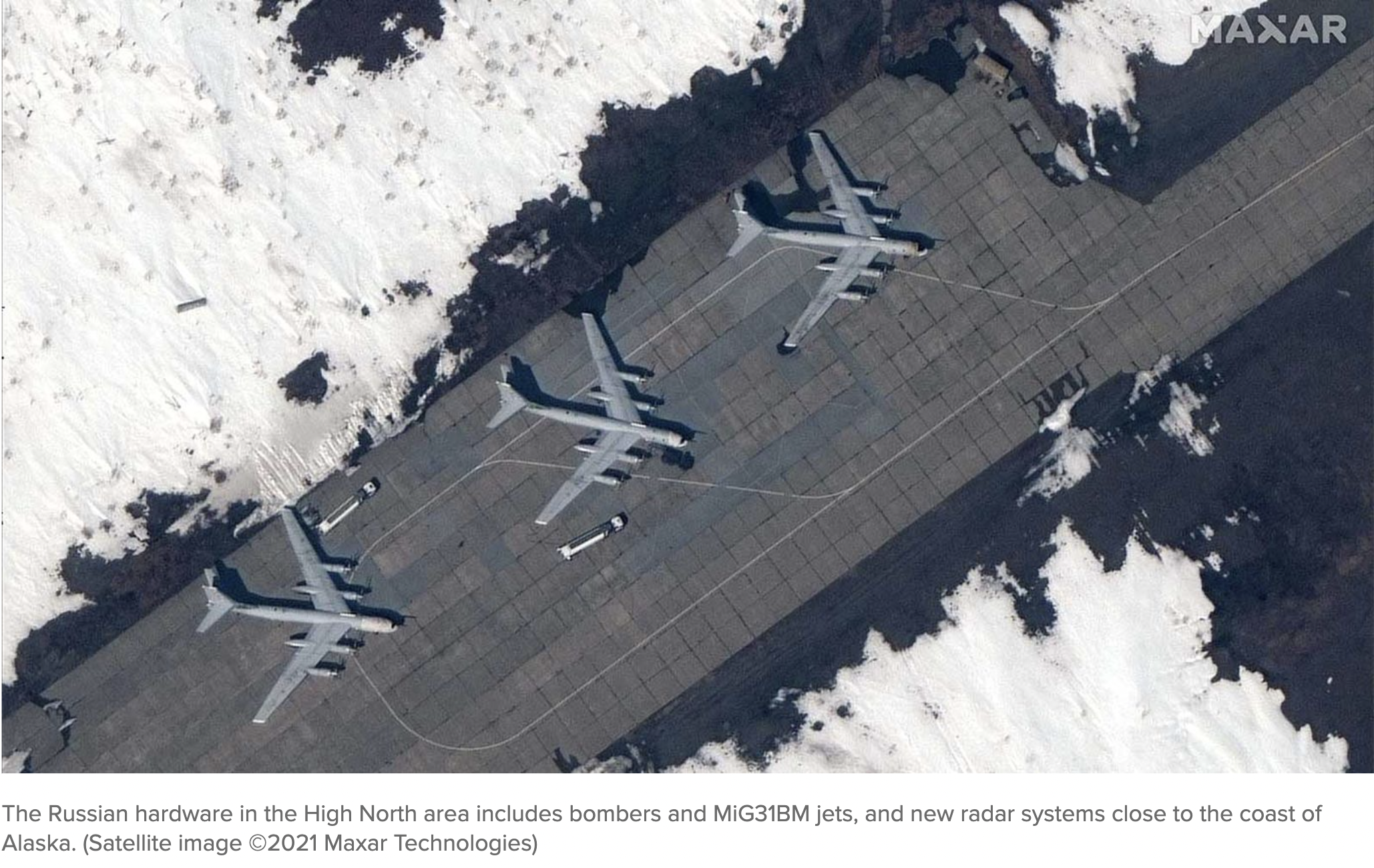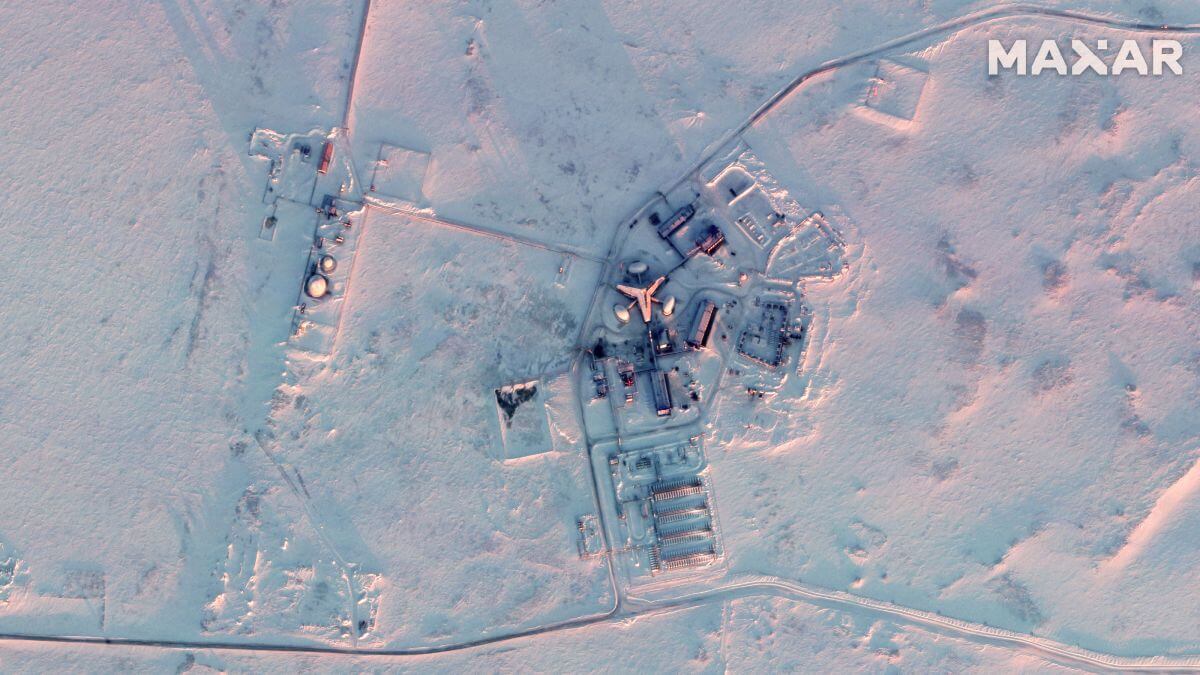New satellite images show Russia beefing up its military presence on the Arctic coastline by engaging in a massive build-up of military bases and hardware in the region. According to a report by CNN, Moscow is using the newly ice-free area to test “super-weapons” like the Poseidon 2M39 torpedo, and hopes to use its military might to secure its northern coast and open up a “key shipping route from Asia to Europe.”
The Poseidon—an intercontinental-range autonomous nuclear torpedo—was first unveiled by Russian President Vladimir Putin in March 2018. In February 2019, the premier said that the weapon had completed a “key stage” of testing, though more tests were conducted later in the year as well. The device is built for delivering a warhead of multiple megatons and can cause radioactive waves that could render swathes of the target coastline uninhabitable for decades. CNN’s report quotes Christopher A Ford, the former US assistant secretary of state for International Security and Non-Proliferation, as saying that it is designed to “inundate US coastal cities with radioactive tsunamis.” Along with the Poseidon, other Russian hardware in the area includes bombers and MiG31BM jets, and new radar systems close to the coast of Alaska.

“There’s clearly a military challenge from the Russians in the Arctic,” a senior State Department official told CNN, adding, “That has implications for the United States and its allies, not least because it creates the capacity to project power up to the North Atlantic.” The Department of Defence also said on Monday that it was closely monitoring the situation. “We’re committed to protecting your US national security interests in the Arctic by upholding a rules-based order in the region, particularly through our network of Arctic allies and partners who share the same mutual interest that we do in exactly that order,” Pentagon press secretary John Kirby told reporters. “Obviously we’re watching this, and as I said before, we have national security interests there that we know... we need to protect and defend… Nobody’s interested in seeing the Arctic become militarised,” he added.
However, Russia has said that it considers the presence of its troops “absolutely necessary” for its military development. Addressing the issue on Tuesday, Kremlin spokesman Dmitry Peskov said that the Arctic zone was very important to the country, in terms of both its borders and its special economic zone. “The economic potential is growing from year to year, you know that there are general plans for national development in the Arctic, and all this is being consistently implemented,” he added. Moscow held huge military drills in the area last week, which included tests of Pantsir-S1 anti-aircraft systems, in-flight refuelling of a MiG-31 fighter jet, and jamming the controls of drones simulating an attack. Putin praised the exercises, saying the Russian military had proven its ability to operate even “in harsh northern environments.”
Peskov also noted that the US was in no position to criticise Russia’s actions, given its own tactics in the region. “It should not be forgotten that America itself has never renounced its military presence in the Arctic zone, has never weakened its attention to the Arctic zone,” he said.
The US and NATO both have military troops and equipment in the region, with American B-1 Lancer bombers stationed in the Ørland airbase in Norway having recently completed missions in the eastern Barents Sea. In a rare move in August last year, the US Navy also acknowledged the presence of the USS Seawolf submarine near Tromsø, Norway.

